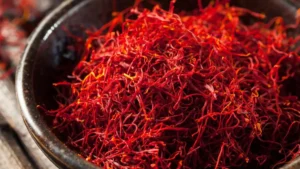Uttar Pradesh, known for its rich and diverse culture, is a state that boasts ancient traditions and a unique heritage. This northern Indian state is recognized for its significant contributions to religion, literature, industry, and culture. Among its 75 districts, each with its own distinct identity, one district stands out as the “City of Oranges” – Saharanpur. In this article, we will explore why Saharanpur holds this unique title.
An Overview of Uttar Pradesh
Uttar Pradesh is the state with the highest number of districts in India, totaling 75. These districts are organized into 18 divisions. Additionally, the state has 822 community development blocks, 351 tehsils (sub-districts), and 17 municipal corporations. The state’s geographical extremities are defined by Ballia in the east, Shamli in the west, Saharanpur in the north, and Sonbhadra in the south.
Lakhimpur Kheri is the largest district in Uttar Pradesh, covering an area of 7680 square kilometers. In contrast, Hapur is the smallest district, spanning just 660 square kilometers.
Which District of Uttar Pradesh is Known as “The Orange City”?
Saharanpur, a district in Uttar Pradesh, is known as “The Orange City” due to its significant orange production. With approximately 32,000 hectares dedicated to fruit cultivation, Saharanpur excels in producing oranges, alongside mangoes, guavas, lychees, and peaches. This high yield of oranges, distributed across various states, has earned Saharanpur its distinctive title.
Why is Saharanpur Known as the “Orange City”?
Saharanpur earns its title due to its significant orange production. The district has around 32,000 hectares dedicated to fruit cultivation, which includes mangoes, guavas, lychees, oranges, and peaches. Among these, oranges are the most extensively produced, contributing to Saharanpur’s nickname.
Agricultural Significance of Saharanpur
- Fruit Cultivation Area: Approximately 32,000 hectares.
- Major Fruits: Mangoes, guavas, lychees, oranges, and peaches.
- Primary Crop: Oranges are the most prominent, with substantial yields transported across various states in India.




 Which District of India is known as the ...
Which District of India is known as the ...
 Which City is known as the Christmas Cap...
Which City is known as the Christmas Cap...
 Do You Know Which Spice is Known as the ...
Do You Know Which Spice is Known as the ...







